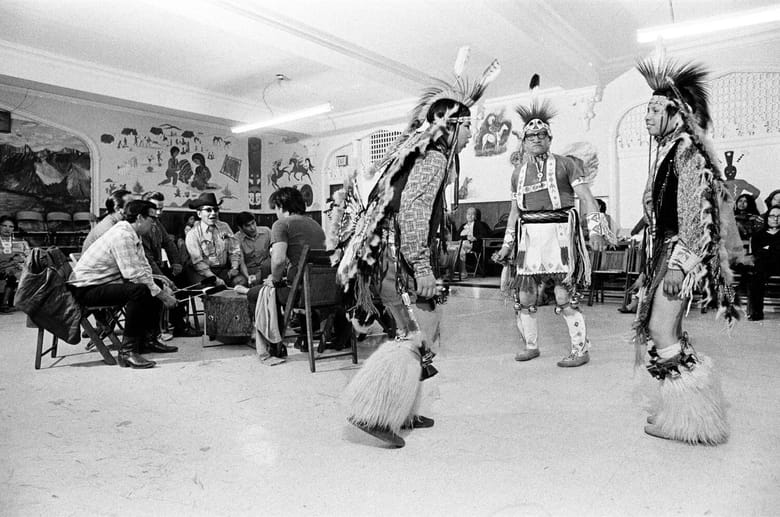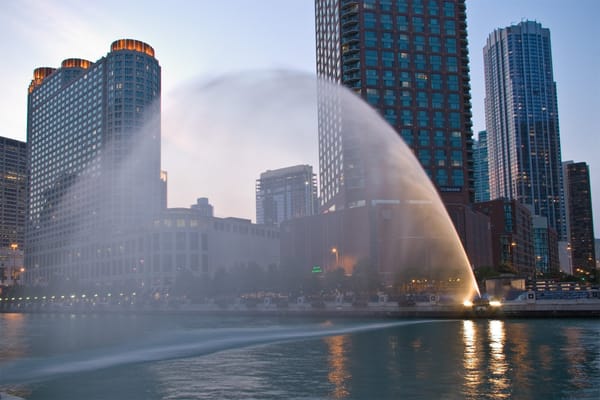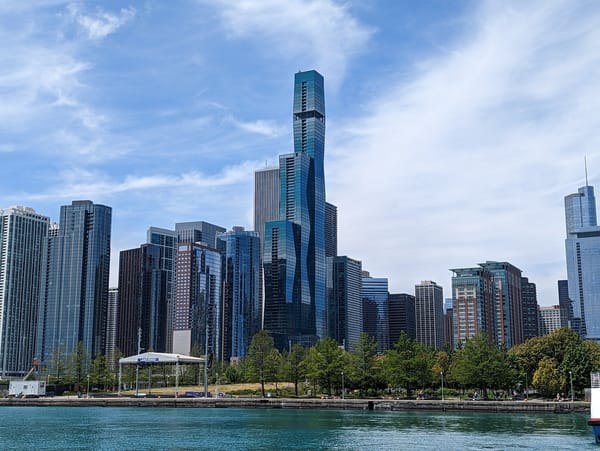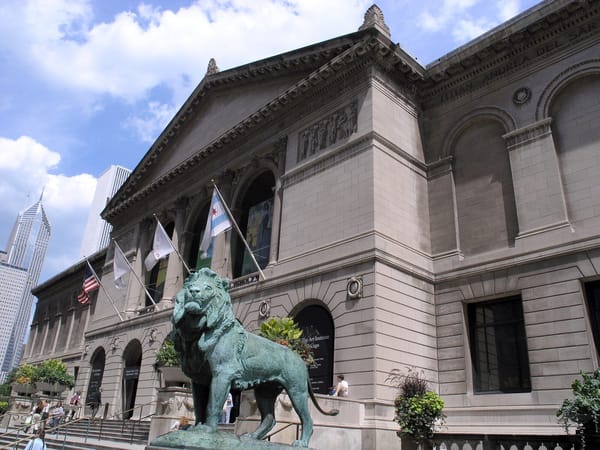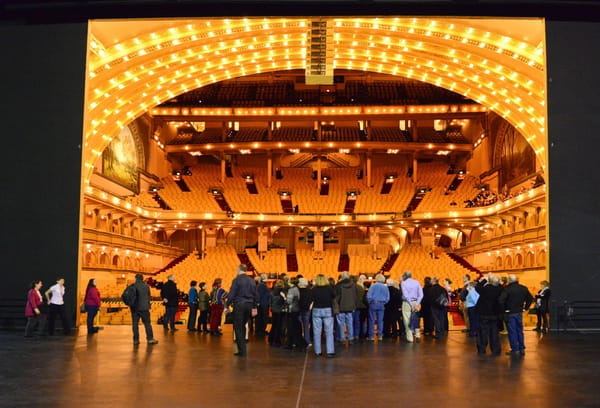Before the city of Chicago was established, the land was home to Indigenous nations—most notably the Potawatomi, who were part of the larger Council of the Three Fires, along with the Ojibwe and Odawa. These tribes lived in harmony with the natural environment, making use of the rivers, prairies, and lakeshores for fishing, hunting, and agriculture. Chicago, known in Potawatomi as "Shikaakwa" (after the wild garlic or onions that grew along the river), was more than just a meeting place for trade—it was part of their home, their sacred ground.
The land now known as Chicago was part of a vast, interconnected system of Indigenous communities that extended across the Great Lakes region. Trails through the area connected these communities to other significant sites, trails which later became major city thoroughfares.
The 19th century brought violent changes to the area. Through a series of treaties—often coerced or unfairly negotiated—tribes like the Potawatomi were forcibly removed from their ancestral lands. The Indian Removal Act of 1830, followed by the Treaty of Chicago in 1833, pushed Indigenous communities out of the region to make way for the rapid expansion of settler populations. Throughout the 20th century, the Uptown neighborhood in Chicago became a hub for displaced Indigenous people. As a result, the neighborhood became a gathering place for Indigenous peoples from different nations, creating a vibrant urban Native culture.
Today, Indigenous communities are reclaiming their histories and asserting their presence in places like Chicago. Cultural organizations such as the American Indian Center of Chicago, founded in 1953, have played a pivotal role in this resurgence. Originally located in Uptown, the center has provided a crucial space for Indigenous people to gather, celebrate their heritage, and educate others.
As Chicago continues to evolve, Indigenous communities are increasingly involved in shaping the city's cultural and social landscapes. Programs focused on education, economic development, and the revitalization of Indigenous languages and traditions are helping to ensure that Native voices are not just heard but are integral to the city’s fabric.
There is a growing movement in Chicago and nationwide to address the historical wrongs done to Indigenous peoples. One way to support this effort is by honoring land acknowledgments, which recognize the traditional territories on which we live. In Chicago, this means recognizing that the city sits on the unceded lands of the Potawatomi, Ojibwe, Odawa, and other Native nations.
